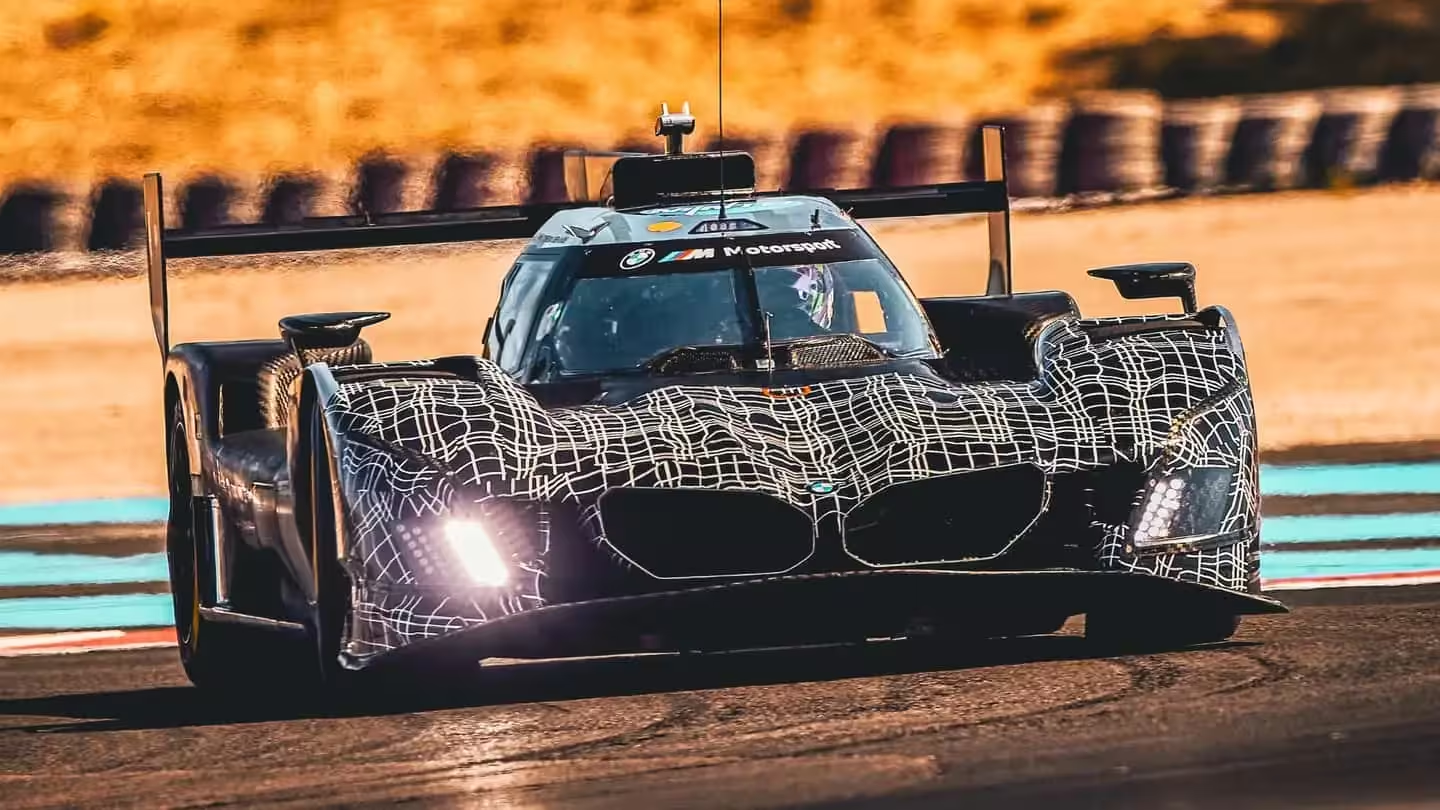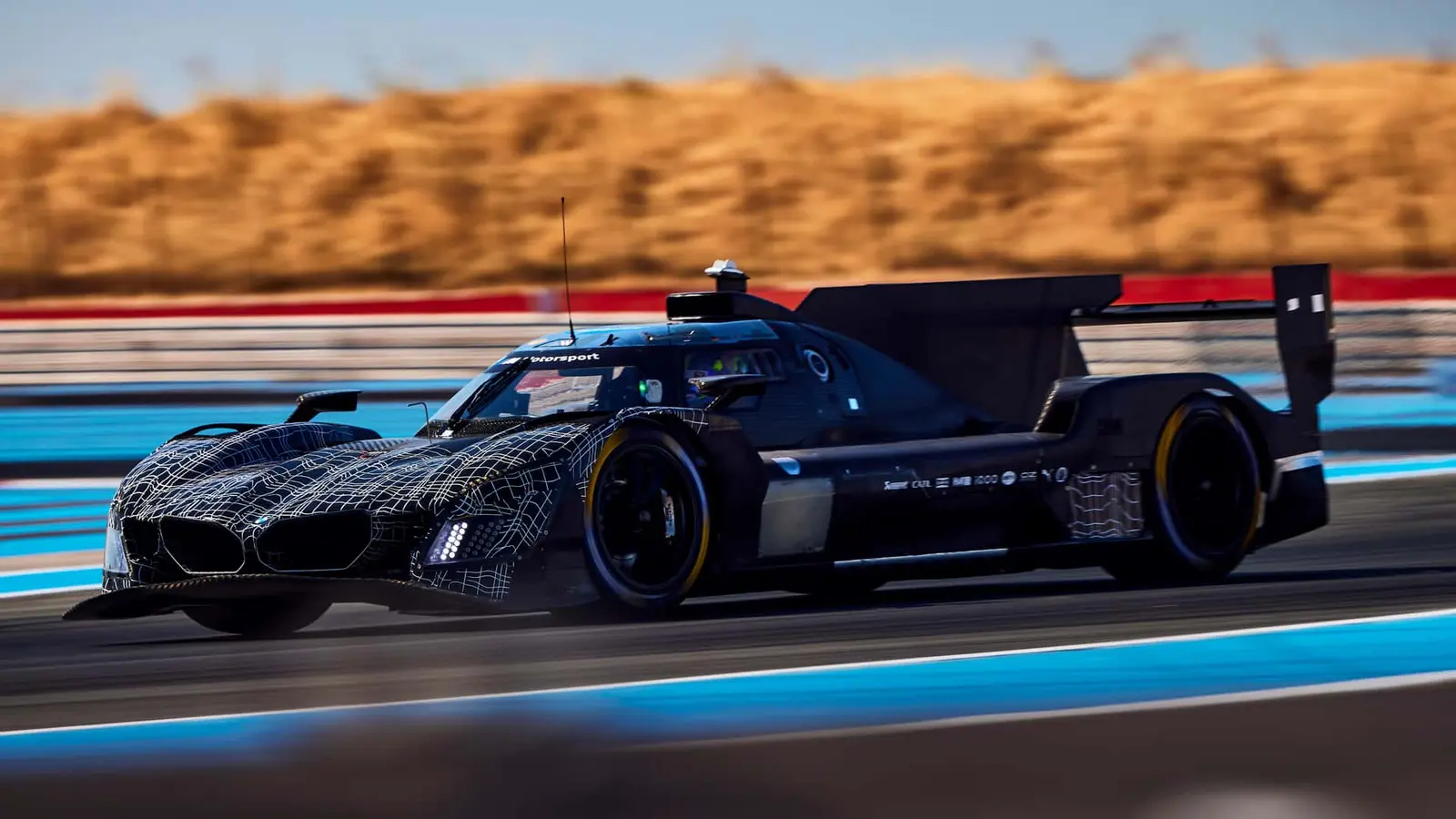4 Minutes
BMW's surprising design pivot on the race track
After years of ever-growing kidney grilles across its road lineup, BMW is reversing course — at least for its race cars. For the 2026 season, the BMW M Hybrid V8 LMDh will feature reduced-size kidney grilles aimed squarely at improving aerodynamics and cooling efficiency. While fans of smaller front fascias won't see this change on production models like the iX, 4 Series, or 7 Series, the development is an important signal about how functional design choices are influencing BMW's motorsport program.
Design changes and aerodynamic goals
Smaller kidneys and a new splitter
The headline change for the 2026 M Hybrid V8 is a tightened kidney opening. Combined with a redesigned front splitter, the smaller grilles help manage airflow more consistently across a range of circuits — from high-speed straights to tighter technical tracks. BMW retains the signature illuminated perimeter surrounding the kidneys, ensuring the race car remains instantly recognizable on track while reaping measurable aero benefits.
Vehicle specifications
The M Hybrid V8 is a purpose-built LMDh entry: an Italian Dallara chassis, a bespoke BMW racing V8, and the standardized hybrid elements required by the class. The spec hybrid system includes a motor and electronics package from Bosch, an XTrac transmission, and a Fortescue Zero battery. This combination delivers a balance of combustion power and electric torque, optimized for endurance racing demands like IMSA and the World Endurance Championship (WEC).

Performance and racing record
Competing in IMSA since 2023 and WEC since 2024, the M Hybrid V8 has shown flashes of competitiveness. The car has secured several IMSA victories and sits competitively in the standings (the #24 entry is currently third in IMSA), but its WEC and Le Mans form has been inconsistent — including only a few podiums and a best Le Mans result that still leaves room for improvement. BMW is clearly targeting more reliable pace and endurance performance with the latest aero updates.
Market positioning and team strategy
Although this grille reduction won’t appear on road cars, the engineering learnings from LMDh development often influence BMW’s broader performance strategy. In a notable organizational shift, BMW will part ways with longtime U.S. partner Rahal Letterman Lanigan (RLL) next year; European outfit WRT is reported to be a candidate to run BMW’s M Hybrid V8 in America. BMW wants stronger results at marquee events — particularly at the 24 Hours of Le Mans where the program’s best finish remains well below expectations.
Competitors and comparisons
The M Hybrid V8 competes in a crowded LMDh field against entries from Acura, Alpine, Cadillac, and Porsche, while also going up against Le Mans Hypercars from Ferrari and Toyota. Each manufacturer balances chassis suppliers, hybrid integration, and aero development differently — and BMW’s decision to trim its kidneys for 2026 is an example of small but targeted changes intended to close the gap to class leaders.
All eyes will be on the Rolex 24 at Daytona next January to see if these refinements translate into steadier race pace and improved endurance reliability. For enthusiasts and engineers alike, BMW’s move underscores how functionality can reshape even the most iconic design elements in pursuit of on-track performance.
Source: motor1


Leave a Comment